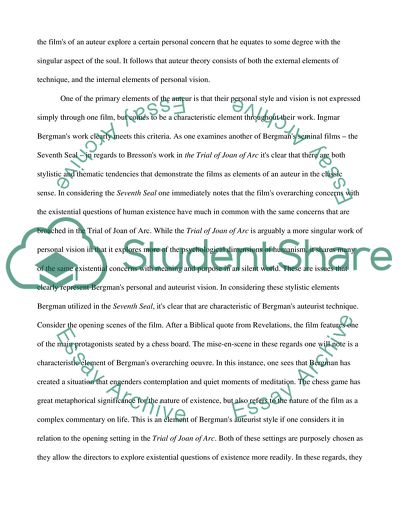Cite this document
(“Compare 2 Films Term Paper Example | Topics and Well Written Essays - 2500 words”, n.d.)
Compare 2 Films Term Paper Example | Topics and Well Written Essays - 2500 words. Retrieved from https://studentshare.org/miscellaneous/1573572-compare-2-films
Compare 2 Films Term Paper Example | Topics and Well Written Essays - 2500 words. Retrieved from https://studentshare.org/miscellaneous/1573572-compare-2-films
(Compare 2 Films Term Paper Example | Topics and Well Written Essays - 2500 Words)
Compare 2 Films Term Paper Example | Topics and Well Written Essays - 2500 Words. https://studentshare.org/miscellaneous/1573572-compare-2-films.
Compare 2 Films Term Paper Example | Topics and Well Written Essays - 2500 Words. https://studentshare.org/miscellaneous/1573572-compare-2-films.
“Compare 2 Films Term Paper Example | Topics and Well Written Essays - 2500 Words”, n.d. https://studentshare.org/miscellaneous/1573572-compare-2-films.


